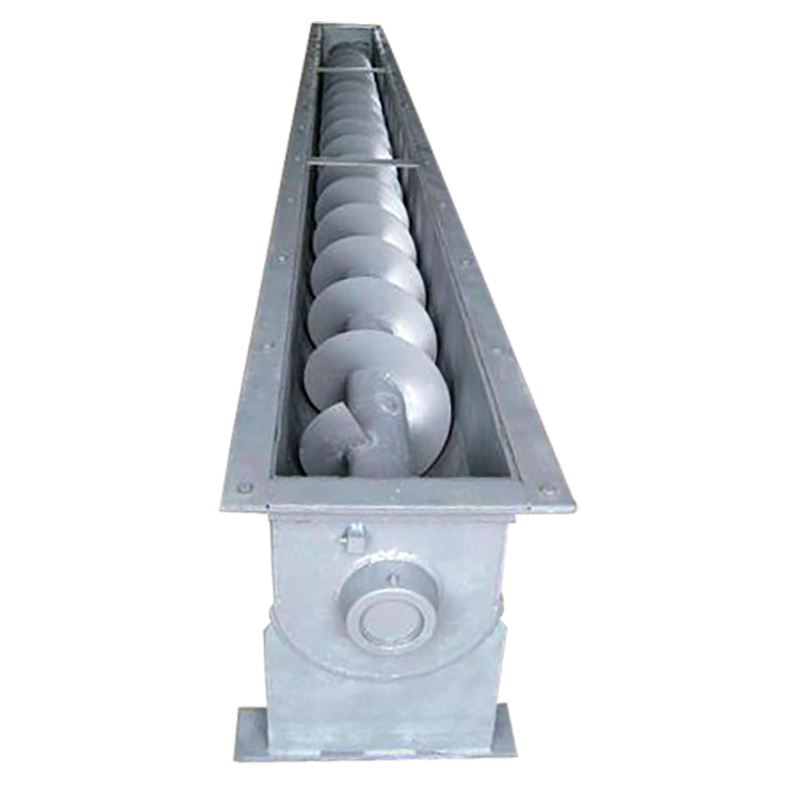rubber bellows dust boot
Rubber Bellows and Dust Boots An Overview
Rubber bellows and dust boots are essential components widely used in various industries and applications, primarily to protect machinery and integral parts from dirt, dust, moisture, and debris. With the rapid advancement of technology and materials, the design and manufacturing of these protective components have evolved significantly. This article will explore the functions, applications, and benefits of rubber bellows and dust boots, as well as considerations for choosing the right product for specific needs.
What are Rubber Bellows and Dust Boots?
Rubber bellows are flexible, accordion-like structures made from elastomers, which are capable of withstanding repetitive motion and expansions. They can be found in several forms, including cylindrical, conical, or custom shapes, depending on the specific application. These bellows can absorb shock, vibration, and movement, which makes them ideal for use in dynamic environments.
Dust boots, often confused with bellows, are typically more straightforward in design. They are usually tubular and intended to cover and protect sensitive components, such as joints, linkages, and piston rods, from dust and external contaminants.
Functions and Benefits
1. Protection Against Contaminants The primary purpose of rubber bellows and dust boots is to prevent dirt, dust, water, and other contaminants from entering mechanical systems. Contaminants can lead to wear, corrosion, or failure of parts, ultimately affecting the functionality and longevity of equipment.
2. Vibration Damping In industrial or automotive applications, components often experience vibrations that can increase wear and fatigue. Rubber bellows are designed to absorb these shocks and vibrations, thus prolonging the lifespan of machinery.
3. Flexibility and Range of Motion Rubber bellows accommodate various movements and extensions, allowing for flexibility in machinery operation. This feature is crucial for applications involving linear or rotary movement.
4. Sealing Capability Dust boots act as seals for moving parts, ensuring that the internal components remain clean and adequately lubricated. Well-sealed systems minimize friction and enhance performance.
5. Durability and Resilience Rubber is chosen for its excellent resilience and resistance to extreme temperatures, chemicals, and UV radiation, making it ideal for rugged environments.
Applications of Rubber Bellows and Dust Boots
Rubber bellows and dust boots find applications in numerous sectors, including
rubber bellows dust boot

- Automotive Industry Dust boots protect steering components, CV joints, and shock absorbers from contaminants. Bellows are used in suspension systems to absorb shocks and vibrations.
- Manufacturing and Machinery These components are essential in protecting hydraulic cylinders, pneumatic systems, and conveyors, ensuring smooth operation and reducing maintenance costs.
- Robotics and Automation In robotic arms and automated systems, rubber bellows are used to manage complex movements while shielding internal mechanisms from dirt and wear.
- Aerospace and Aviation Dust boots protect critical moving parts in aircraft from harsh environmental conditions, enhancing reliability and safety.
Choosing the Right Rubber Bellows and Dust Boots
When selecting rubber bellows or dust boots for a specific application, several factors should be considered
1. Material Composition Different environments may require specific types of rubber, such as nitrile for oil resistance, silicone for high-temperature applications, or neoprene for added durability.
2. Size and Shape Customization may be necessary to ensure a proper fit within existing machinery. Accurate measurements and specifications are essential for effective protection and performance.
3. Environmental Resistance It is crucial to assess the conditions the bellows or boots will face, such as exposure to chemicals, extreme temperatures, or UV light.
4. Mechanical Requirements Consider the degree of movement, angle, and extension expected in the application to select an appropriate design that can handle these motions without failure.
Conclusion
Rubber bellows and dust boots are indispensable components in safeguarding machinery and contributing to efficient operations across various industries. Their ability to provide protection against contaminants, absorb vibrations, and accommodate movement makes them vital for extending the life and performance of equipment. By understanding their functionality, applications, and the considerations needed for selection, businesses can optimize their machinery's reliability and efficiency, ensuring a productive and maintenance-friendly environment.








